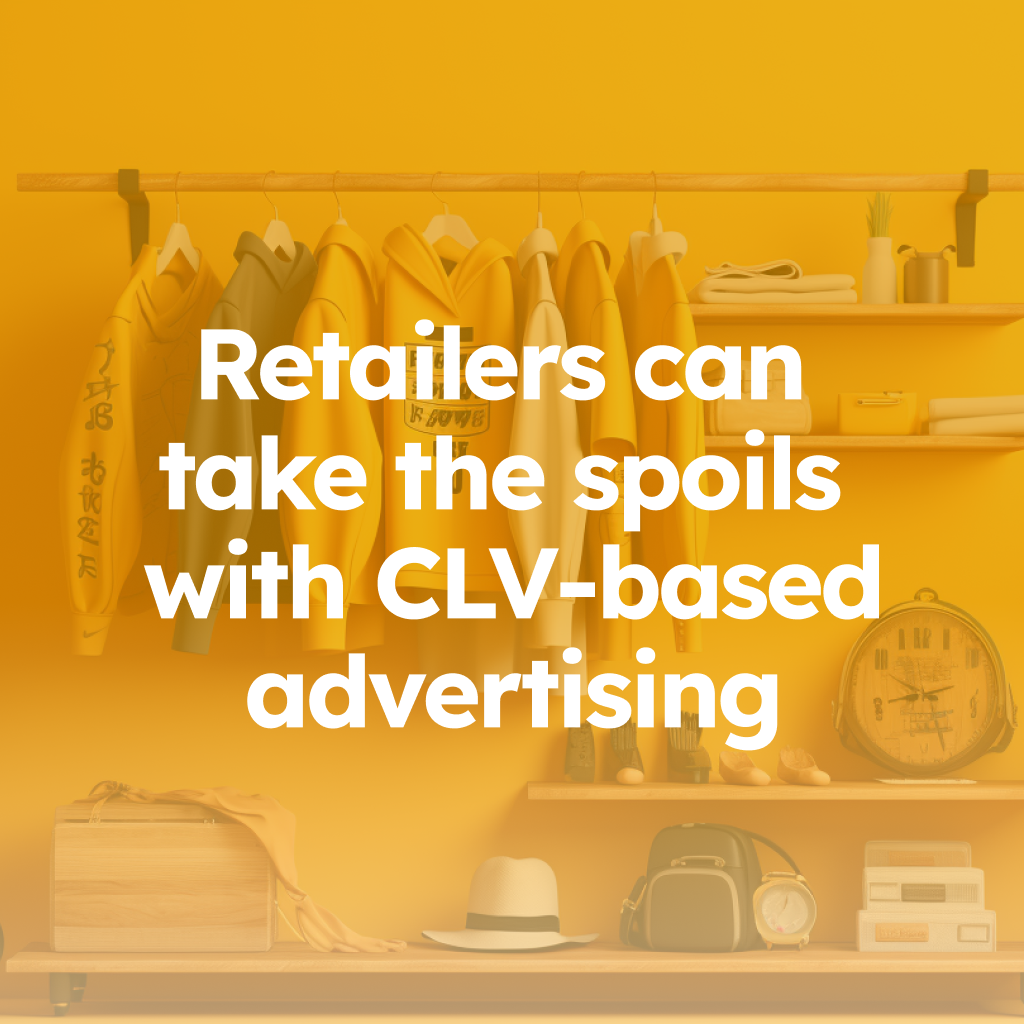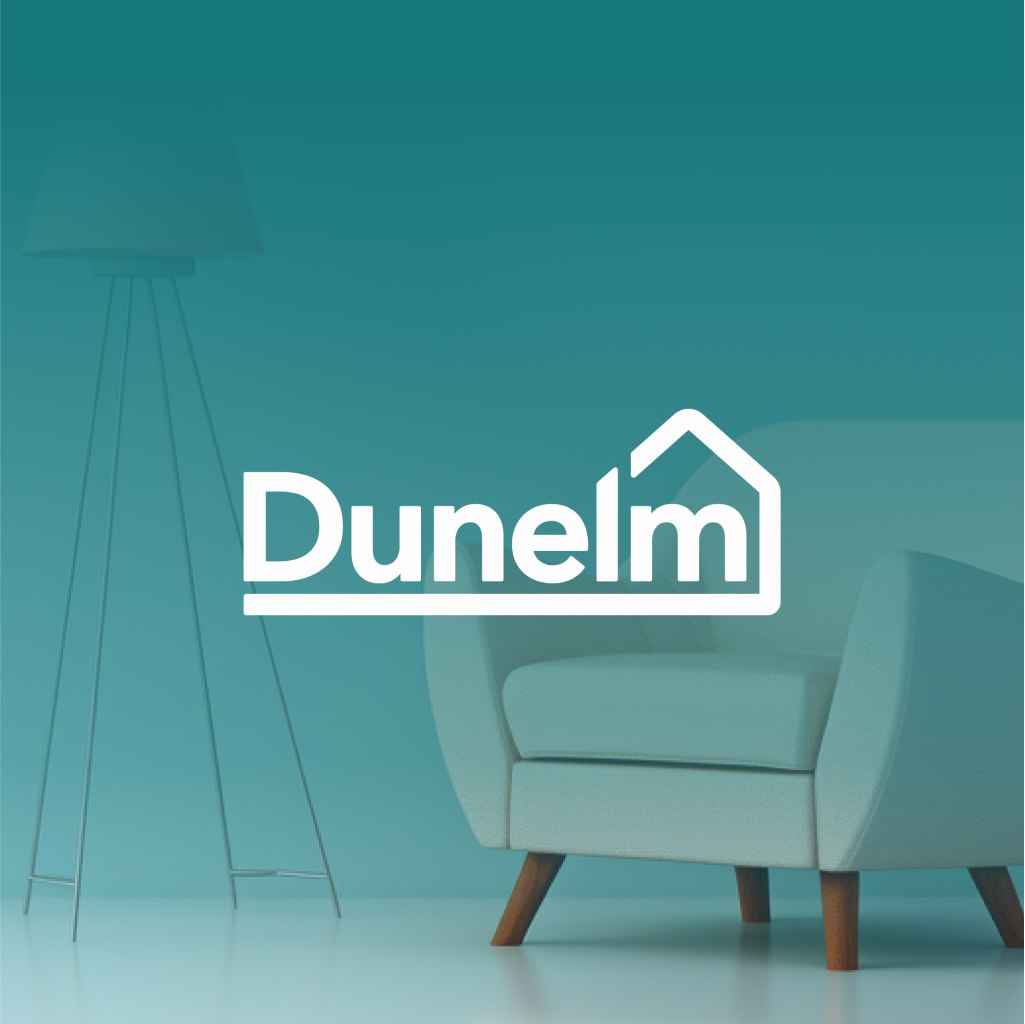- Case Study
Fashion Leader Unlocks CLV Smart Bidding Approach

About the Retailer
This online-only fashion retailer is the largest of its kind in Europe. It provides a wide range of multi-brand apparel, and with a presence in over 200 countries, has the most visited site of its kind in the world.
The Challenge
The retailer faced a dilemma. How could it continue its CLV-centric approach to performance while adopting new industry standards?
It had already enjoyed huge success replacing ROAS-centric campaigns with a third-party driven approach focused on Customer Lifetime Value. But advanced automation – typified by Google’s Smart Bidding – had supplanted its previous solution.
Adopting Smart Bidding gave it access to in-auction bid signals unavailable elsewhere. Unfortunately, it failed to account for more differentiated KPIs like margins and new customer rates.
Without CLV integration, bidding systems tend to overbid in areas that promise easy conversions; like selling discounted products to existing customers. This option provided no real incremental value to the business because it would ignore new customer growth and higher margin conversions.
The retailer wanted access to Google’s advanced in-auction signals and bidding technology and the ability to unlock longer term, profit-driven KPIs.
It had already enjoyed huge success replacing ROAS-centric campaigns with a third-party driven approach focused on Customer Lifetime Value. But advanced automation – typified by Google’s Smart Bidding – had supplanted its previous solution.
Adopting Smart Bidding gave it access to in-auction bid signals unavailable elsewhere. Unfortunately, it failed to account for more differentiated KPIs like margins and new customer rates.
Without CLV integration, bidding systems tend to overbid in areas that promise easy conversions; like selling discounted products to existing customers. This option provided no real incremental value to the business because it would ignore new customer growth and higher margin conversions.
The retailer wanted access to Google’s advanced in-auction signals and bidding technology and the ability to unlock longer term, profit-driven KPIs.
Crealytics' Approach
Smart Bidding’s tROAS algorithm remains focused on ROAS, a metric that indicates efficiency but doesn’t provide a full perspective of the value of the conversion.
This lack of flexibility clashed with the retailer’s long-term goals: targeting new customers, generating high margins and achieving low return rates.
To bring Smart Bidding’s default setting in line with these goals, Crealytics sought to improve the quality of data the platform ingested. It did so by giving Google’s algorithm new incentives; ones that aligned with more meaningful metrics.
Exact product margins formed the basis of this approach. Crealytics calculated these not only by excluding cost and return data, but with respect to whether a purchase came from a new or existing customer. New customer purchases elicited an additional value, reflecting this group’s higher propensity for repeat purchases and healthier lifetime value.
This lack of flexibility clashed with the retailer’s long-term goals: targeting new customers, generating high margins and achieving low return rates.
To bring Smart Bidding’s default setting in line with these goals, Crealytics sought to improve the quality of data the platform ingested. It did so by giving Google’s algorithm new incentives; ones that aligned with more meaningful metrics.
Exact product margins formed the basis of this approach. Crealytics calculated these not only by excluding cost and return data, but with respect to whether a purchase came from a new or existing customer. New customer purchases elicited an additional value, reflecting this group’s higher propensity for repeat purchases and healthier lifetime value.
Download full case study
More Case Studies

Google won the bid management war. Now retailers can take the spoils with CLV-based advertising

Measuring for incrementality makes Facebook Ads 90% more effective

